When I first reached the beautiful town of Namsai in Arunachal Pradesh, one thought kept running in my mind: Why had I not come here earlier? What was supposed to be a quick three-day trip soon turned into a memorable ten-day journey. The culture, dance, food, and deep-rooted history of the Tai Khamti tribe living here had captivated my heart completely. Namsai is a unique place in India that surprisingly gives you the feel of a Southeast Asian country like Thailand. This is the home to the Tai Khamti tribe, and today, I want to share their story with you.
Table of Contents
A Unique Buddhist Culture in Namsai
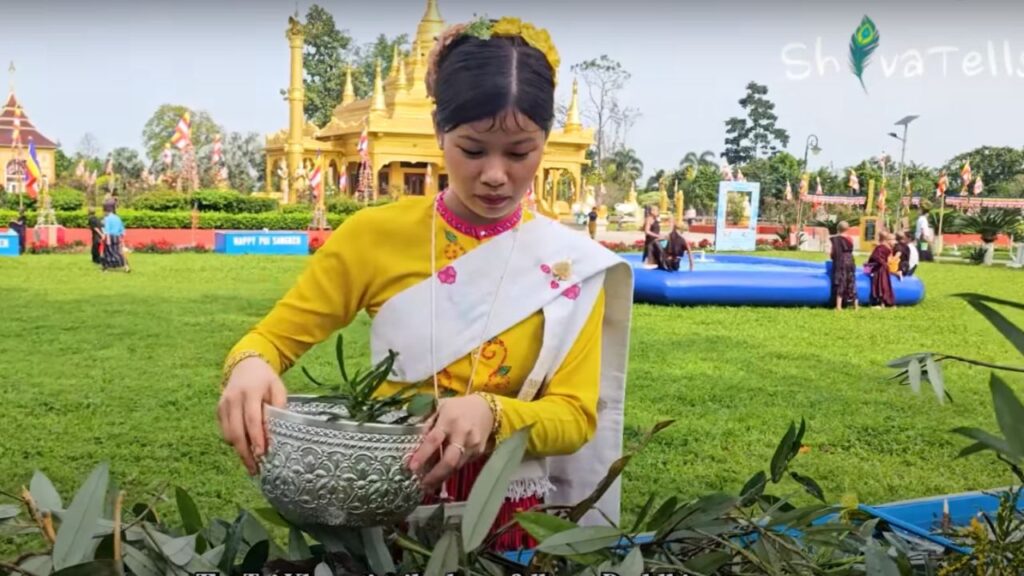
The Tai Khamti people follow Buddhism, but their practice is different from what you usually see in the Himalayan belt or other parts of India. Instead of the typical Buddhist stupas, here you see multi-storied pagodas, which are architectural marvels called pagođa. This distinctive style instantly transports you to the temples of Southeast Asia.
The tribe’s cultural identity is also very special. Their dances, colorful clothes, unique festivals, and delicious food remind you of places like Thailand and Myanmar. I was curious to learn how such a culture thrived here in the heart of Arunachal Pradesh. I promise to share these fascinating insights, but first, let me tell you about the beauty of Namsaı—the town of rivers.
Namsai: The Town of Rivers and Crystal Clear Waters

Namsaı is surrounded by crystal-clear rivers that flow like veins through this stunning landscape. Wherever you go, you will find fresh streams running through the town. Along these rivers, beautiful pagodas rise gracefully, creating a peaceful and spiritual atmosphere.
The town has many amazing resorts and restaurants by the riverbanks. One of my favorites was the 7 km Resort, where you can enjoy a refreshing dip in the rivers or relax while having your lunch or dinner seated right beside the flowing water. Even my guesthouse was situated near a serene river, making my stay peaceful and refreshing.
The Flavors of Khamsati: Food Influenced by the Rivers
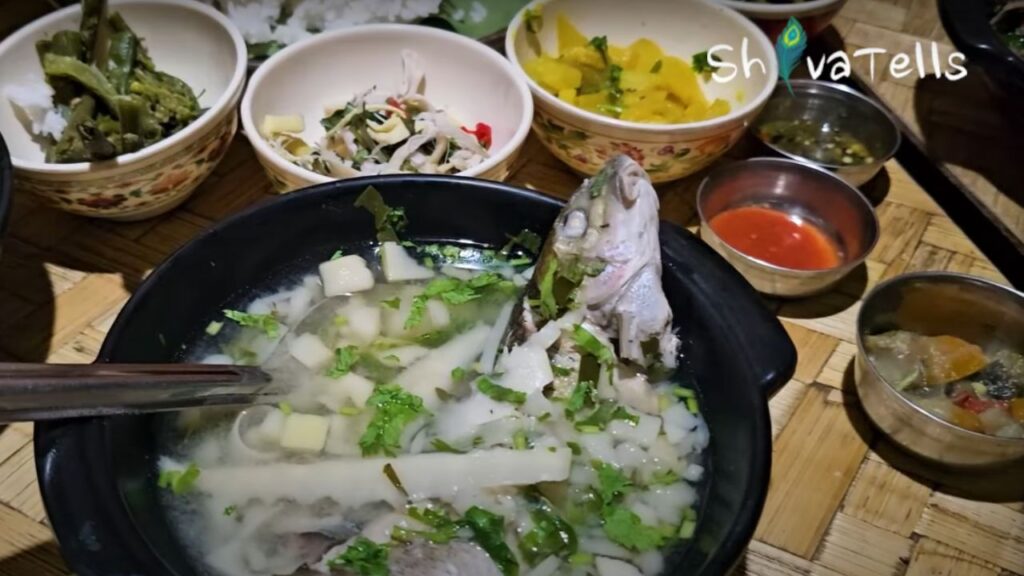
The Tai Khamti food is a wonderful blend of local flavors influenced heavily by the nearby rivers. One highlight is the variety of local fish served in traditional ways, offering a fresh and delightful taste. It’s truly a great place to relax, chill, and enjoy nature’s bounty.
Diving Deep into Tai Khamti History and Folktales
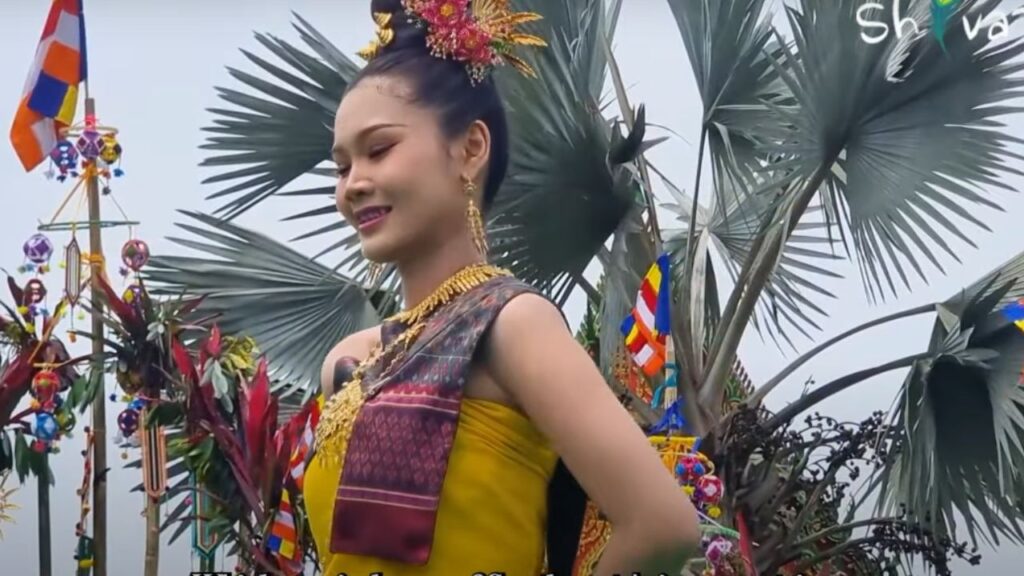
As promised, I set out to explore the history and folk tales of this ancient land. The Tai community is made up of various ethnic groups like Dai, Thai, and Lao, who migrated from Southeast Asia long ago to escape the aggressive expansions of Chinese emperors. Some settled in Assam, some in Manipur, and others like the Khamsati chose Namsaı in Arunachal Pradesh.
The word Khamsati means “Place of Gold.” These people were among the first in the region to adopt Theravada Buddhism around the 3rd century BC. Their migration story is deeply intertwined with mythology. According to legend, the King of Muka Hu had seven daughters, and the youngest was sent floating down the river, raised by a white tiger believed to be a deity. This white tiger had three sons who later received advice from their grandmother to find their own king in a new land, giving rise to the Khamsati settlement.
I heard this story in the ancient village of Empong, one of the oldest and most important villages of the Tai Khamti people. The Gompa (monastery) there, situated by the river, is shrouded in mystery and spiritual significance. It is said to hold great power, and even today, locals believe it can grant wishes.
The Rich Agricultural Heritage and Folklore of Namsai
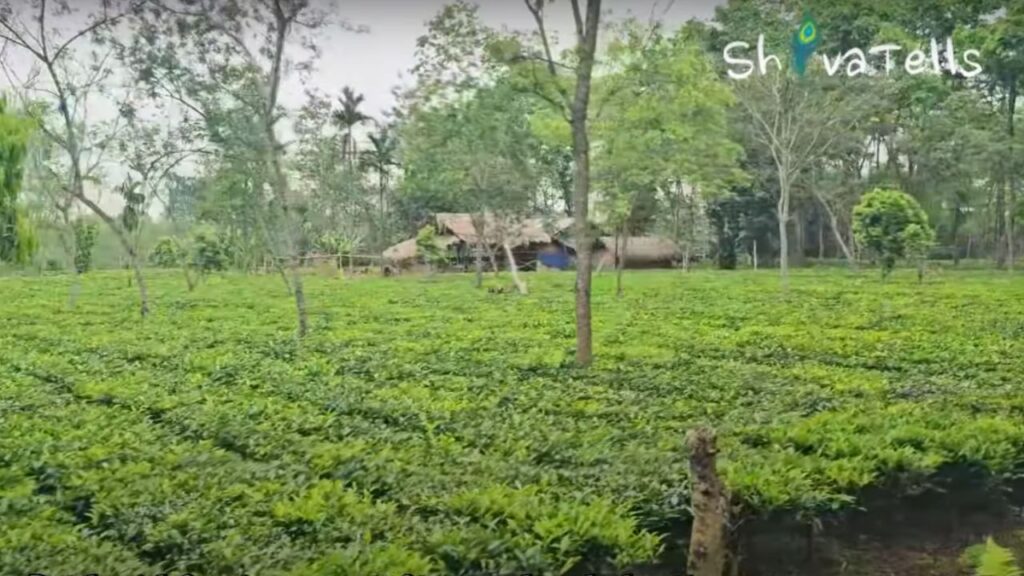
When the Tai Khamti first settled here, villages like Choukhum flourished with rich agriculture and trade. These villages were rumored to be among the richest in Asia. They were famous for their export of timber, and every household had an elephant to help with the heavy work.
Unfortunately, a fire in the Gompa of Empong village destroyed much of its heritage. But a wooden statue of Buddha survived the fire mysteriously and was said to glow with light. This miracle is still spoken of with reverence by the locals. Today, a 370-year-old mango tree in Empong stands as a living witness to these ancient stories.
One of the most awaited festivals here is Saken, celebrated in April with great enthusiasm. People from all around come to Empong to enjoy the festivities, which include the famous Golden Pakoda, a three-day event filled with joy and cultural performances.
The Traditional Dances of the Tai Khamti Tribe
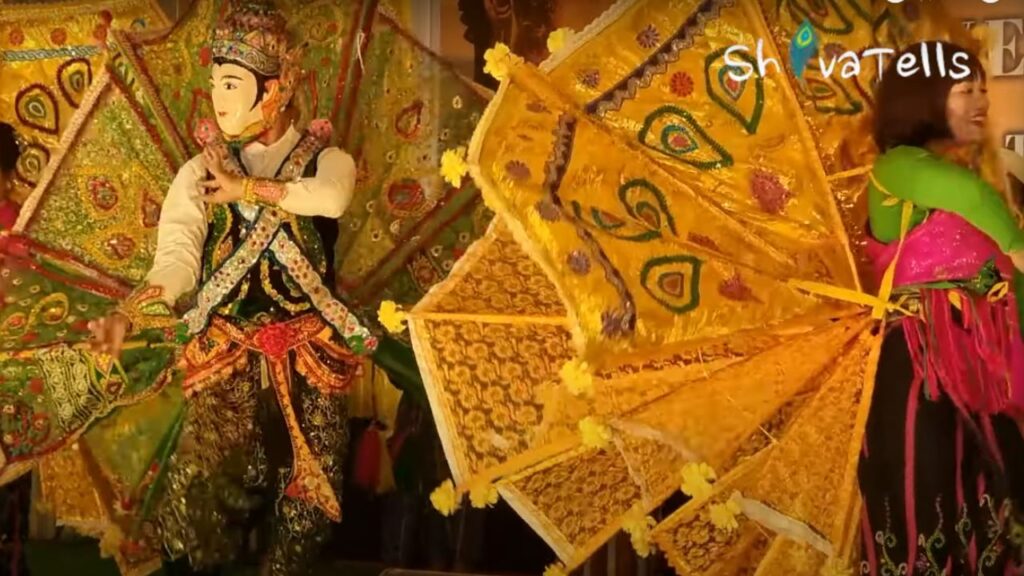
The Tai Khamti culture is incomplete without its traditional dances, which hold deep meanings and stories.
- Golden Deer Dance (Kakum or Katoe): This dance represents a golden deer that Buddha was once born as, a guide and king of animals known for its wisdom.
- Cock Fight Dance (Kakong Tokae): This portrays the early morning cock fights which were believed to wake people up and signal the start of their day.
- Peacock Dance (Kingari or Kingnara): One of my personal favorites, this dance tells the story of mythical half-human, half-bird peacocks who reunite after many years. The peacock holds a special place in Tai Khamti folklore and is even mentioned in Buddhist teachings.
These dances are not just entertainment; they are the living history of the Tai Khamti, passed down through generations.
Why You Should Visit Namsaı
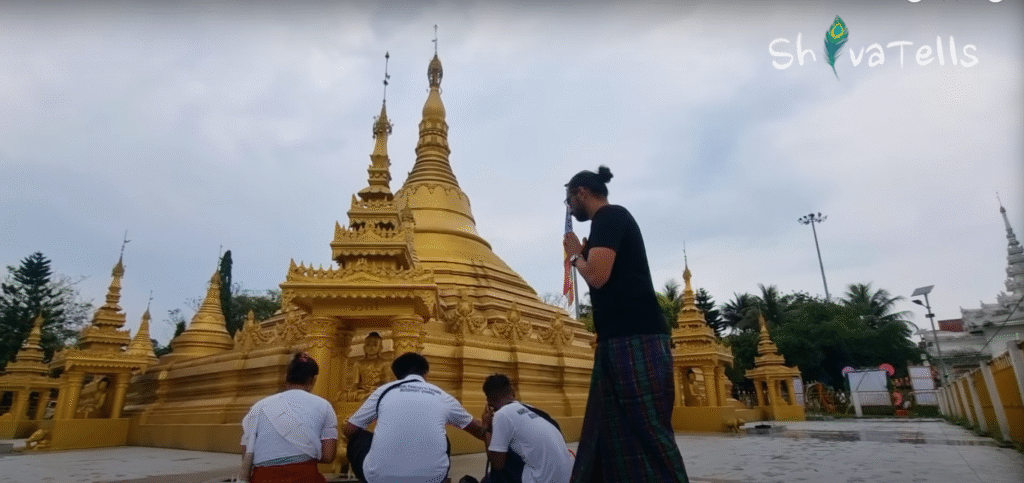
Namsaı is a hidden gem in India. The town’s natural beauty combined with its rich cultural heritage makes it a perfect getaway for travelers seeking peace, history, and authentic tribal experiences. Whether you want to enjoy river-side resorts, explore ancient villages, witness unique Buddhist pagodas, or immerse yourself in traditional dance and food, Namsaı offers it all.
If you want to experience a part of India that feels like Southeast Asia and yet is deeply Indian, the land of the Tai Khamti tribe is where you must go next.
Conclusion
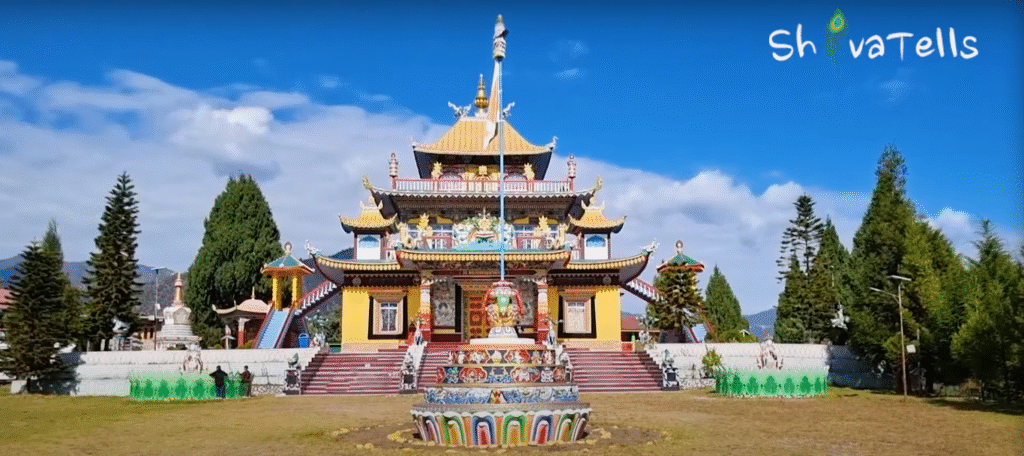
My trip to Namsaı turned out to be one of the most beautiful and enriching journeys of my life. The warmth of the Tai Khamti people, their vibrant culture, the mystical folklore, and the serene rivers have left a deep impression on me. This place, often overlooked, truly reflects the cultural diversity and heritage of India.
If you’re a traveler who loves discovering unique cultures and offbeat destinations, Namsaı should be on your travel list. I promise you, this land of rivers and pagodas will touch your soul just as it did mine. Stay tuned for my next story where I will share more about the fascinating Saken festival and deeper insights into the Tai Khamti culture.
Until then, happy travels and keep exploring the hidden gems of India!
Read ShivaTells Stories –
- Chumi Gyatse Falls: Exploring the 108 Sacred Waterfalls of Arunachal Pradesh
- Aji Lamu: The Bridge-Building Dance of Mukto Village, Arunachal Pradesh
Watch Arunachal Pradesh Travel Stories –
